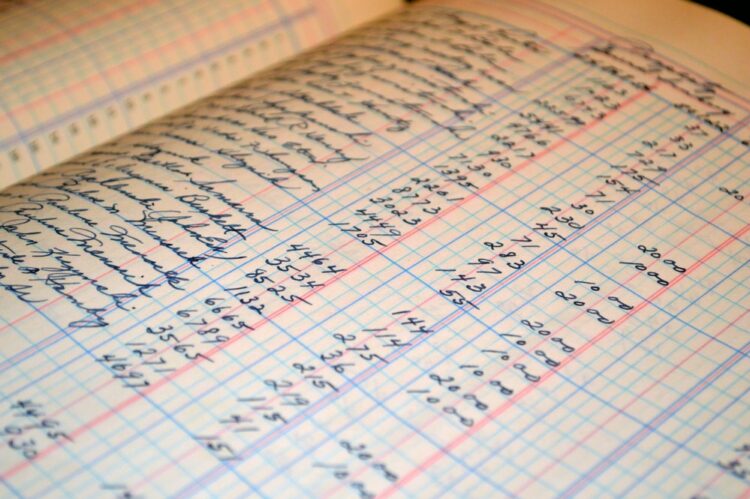The cap table is a ledger of who owns stock in our company. If you and I are the only owners of the company, there are exactly two entries in the cap table.
Easy peasy.
But as the company grows, and we start handing stock out to more people, the accuracy of the cap table starts to become really important.
It’s easy now…when does it get complicated?
The moment we start handing stock out to more people than ourselves.
At that point, we start to run into keeping records of not only who we’ve allocated stock to, but who we may be taking it back from (former employees who may not have exercised their stock options for example).
The constant changes within the cap table start to become a bit more complex, and having an accurate ledger becomes very important.
Who is going to ask me about my cap table?
Investors for sure.
That’s because investors will want a detailed and accurate account of who the existing stockholders are. This may include people who have invested small amounts in the company, advisors, and of course the major holders such as the management team.
When the investor puts money in, they are likely going to become a major holder and will also want to know how the cap table might change with additional stock grants as well.
If you don’t have a cap table now, there’s not much to create one. You can download a number of templates online and begin populating and maintaining one without much complexity.
When you’re ready to start awarding stock or raising money, it’ll be time to really refine the document then.



